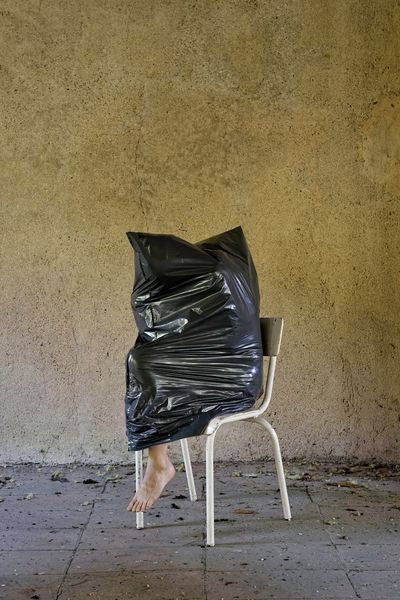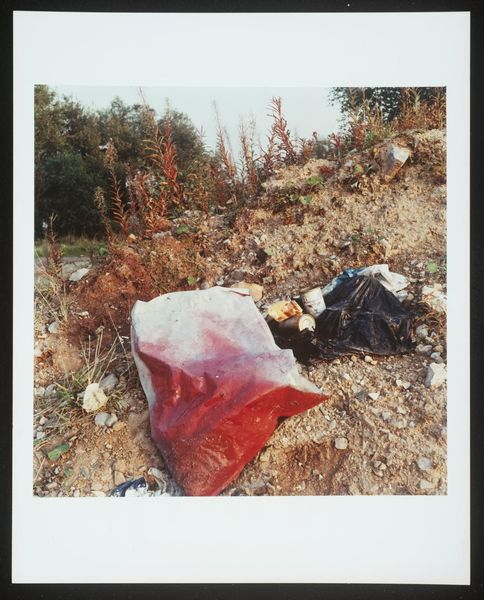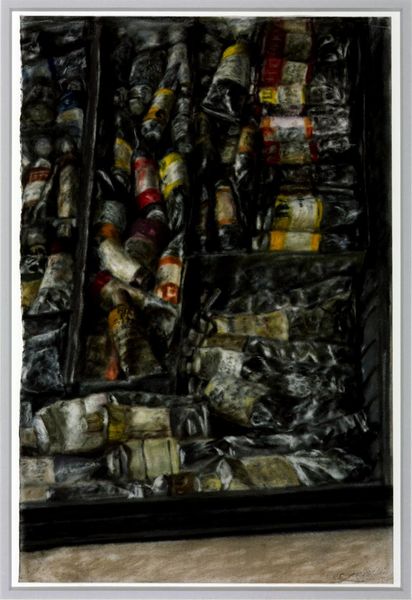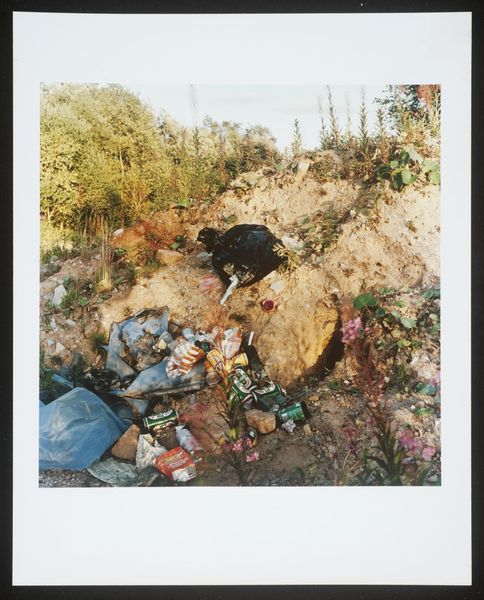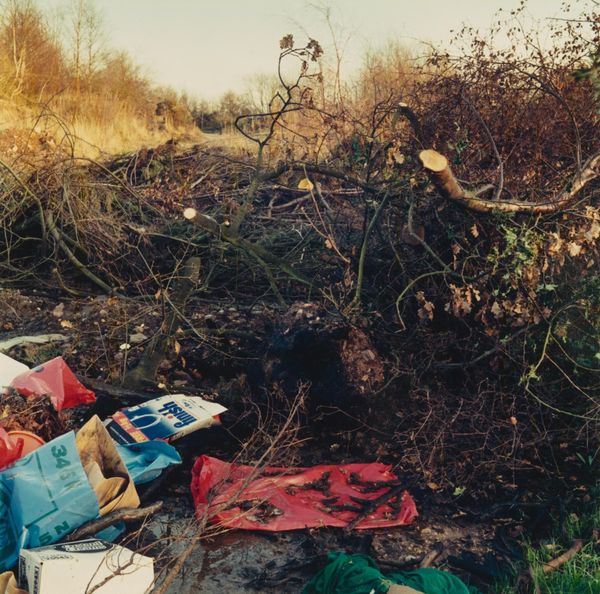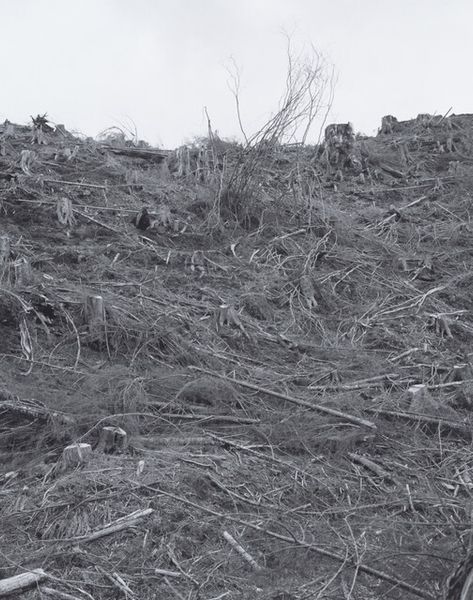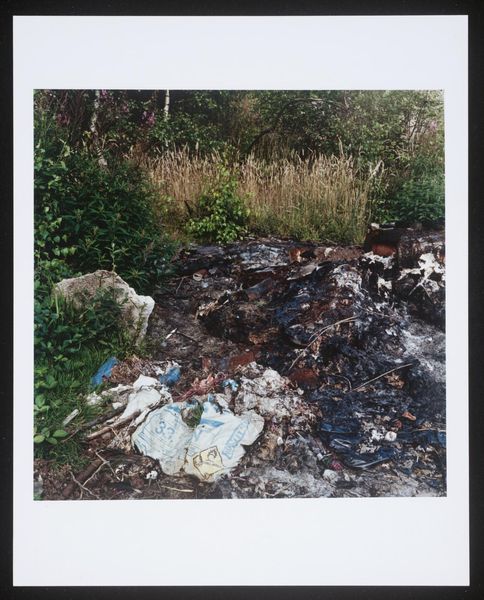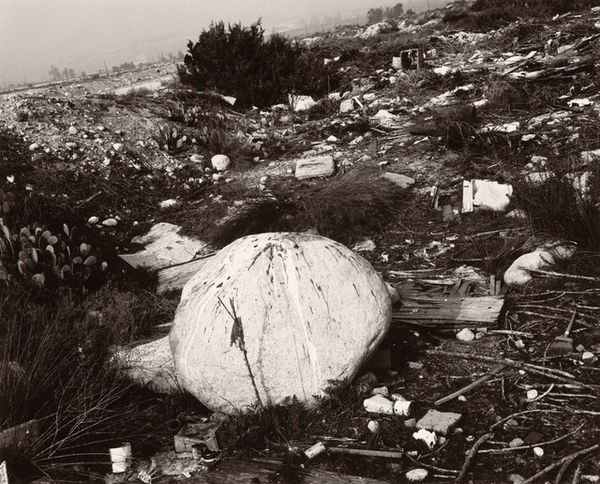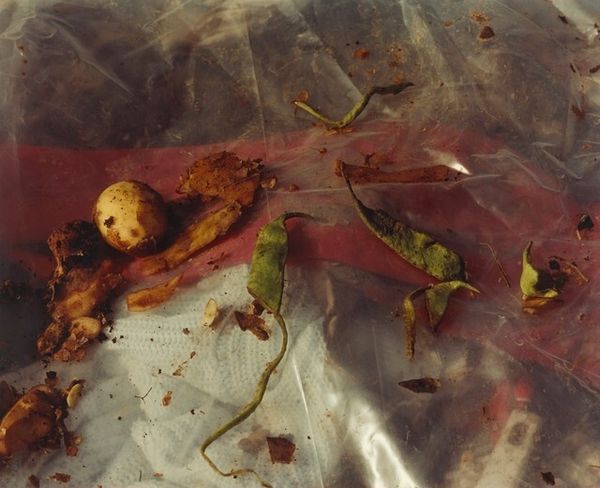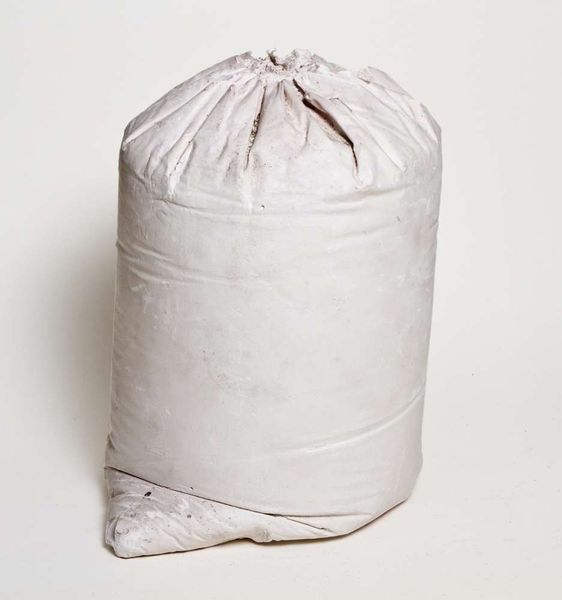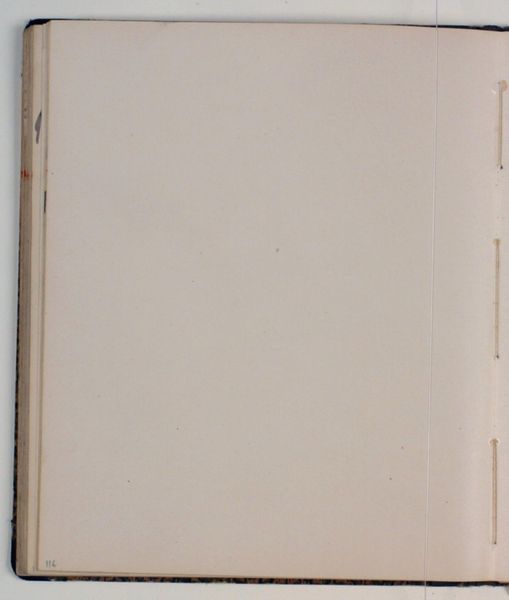
Dimensions: image: 44.45 × 29 cm (17 1/2 × 11 7/16 in.) sheet: 50.8 × 40.64 cm (20 × 16 in.)
Copyright: National Gallery of Art: CC0 1.0
Editor: Here we have an Untitled photograph by William Eggleston, created around 1971. It shows bags of garbage and discarded cardboard boxes piled against a painted brick wall. The overall impression is quite gritty and...frank. What strikes you most about this image? Curator: The seeming mundanity is precisely where its power resides. Eggleston’s choice to photograph this refuse, typically deemed unworthy of artistic attention, challenges traditional notions of beauty and the photographic gaze. Think about the socio-economic context of the 1970s. What does it tell us about consumerism and waste? This image doesn’t just show us garbage, it implicates us in its creation. Editor: That’s a great point. So, you’re saying it's not just about the aesthetics of the photo but the social commentary embedded within the subject matter? Curator: Exactly! Consider the history of photography itself. Early photography often sought to elevate its subjects. Here, Eggleston seems to be doing the opposite. By focusing on the everyday and the overlooked, he pushes us to confront the consequences of our consumption and to question what we consider "worthy" of representation. What stories do you imagine these objects could tell? Editor: I guess I never considered that trash could be a story. I always think of art having to be visually interesting at the least, not this blunt or straightforward. Thank you for opening my eyes! Curator: And thank you for asking such insightful questions! Thinking about photography like this is crucial to consider. Together, maybe we can re-evaluate art's responsibilities when discussing such charged objects or pieces.
Comments
No comments
Be the first to comment and join the conversation on the ultimate creative platform.

